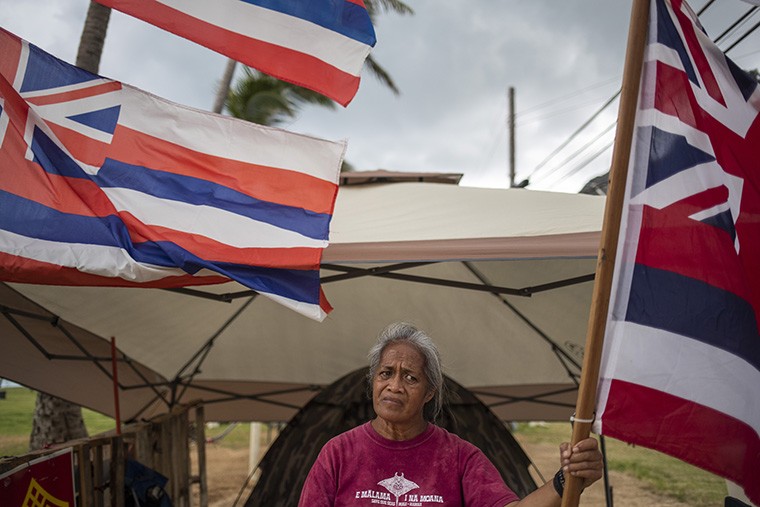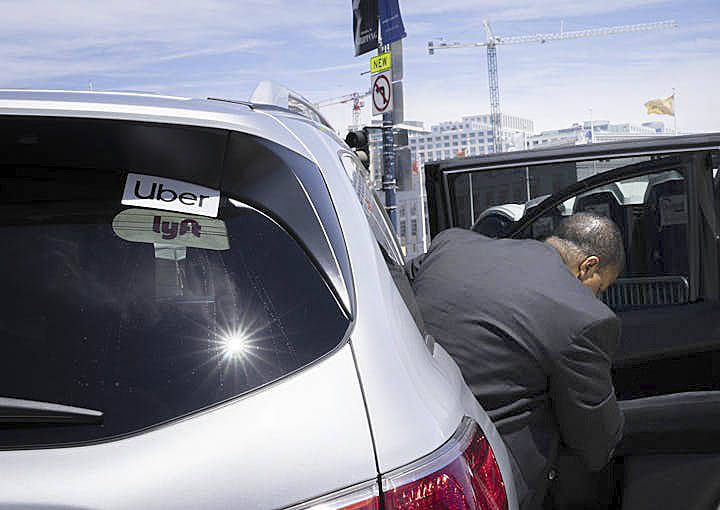How we found low-income Hawaiians were left behind by the homesteading program

CINDY ELLEN RUSSELL / CRUSSELL@STARADVERTISER.COM
Louisa Keawe, who has been on the waitlist for a homesteading program for Native Hawaiians since 2010, said the system favors those with wealth. “I cannot pursue nothing,” Keawe said. “They exclude people like myself.”ProPublica is a nonprofit newsroom that investigates abuses of power. Sign up to receive ProPublica’s biggest stories Opens in a new tab as soon as they’re published.
This story was co-published with the Honolulu Star-Advertiser, a member of the ProPublica Local Reporting Network Opens in a new tab. Sign up to receive Star-Advertiser’s free e-newsletters to stay in touch with what’s happening in Hawaii.
ProPublica’s first-of-its-kind analysis showed that a Native Hawaiian housing program left behind much of the community it was supposed to help. Here’s how we did it.
A century ago, Congress created a homesteading program for Native Hawaiians with a singular goal: return Hawaiians — especially impoverished ones — to their native lands.
For decades, though, community members and lawmakers have decried the slow rate at which homesteads have been awarded.
To date, the program has only 8,400 residential lessees, compared with a waitlist that’s grown to more than 23,000 applicants. In three of the past five years, the awards fell into the single digits.
Don't miss out on what's happening!
Stay in touch with breaking news, as it happens, conveniently in your email inbox. It's FREE!
But no one, not even the Department of Hawaiian Home Lands, the state agency that oversees the initiative, fully understood how far the program has strayed from its original intent. A first-of-its-kind analysis by the Honolulu Star-Advertiser and ProPublica of department data showed the program has benefited those with the means and knowledge to navigate the complex homesteading system while leaving behind much of the Native Hawaiian community it was primarily meant to help.
>> RELATED: To reclaim ancestral land, all Native Hawaiians need is a $300,000 mortgage and to wait in line for decades
Much of this analysis was based on the department’s database of applicants, lessees and transactions from 1995, when it began using its current system, to January 2020. The Star-Advertiser and ProPublica presented the findings and methods outlined here to DHHL, but officials said the department doesn’t have the capacity to evaluate them.
To investigate who benefited from the homesteading program, the news organizations analyzed the award recipients’ addresses found in the database. We used the Google Maps geocoding API to look up the addresses’ locations. We excluded a handful of addresses that couldn’t be matched to at least the street level. We then aggregated those addresses into census tracts to determine areas’ Native Hawaiian population and median income. In cases where the award recipient’s address was a P.O. box, we used the location of the post office, which, according to the U.S. Postal Service, is typically in the same neighborhood as the person who owns the box. We chose to limit this analysis to Oahu, where residential demand is greatest, because the other islands included more remote, sparsely populated areas that had less reliable address and income data.
The data showed Oahu’s higher-income census tracts had more lease awards per Native Hawaiian household than lower income tracts. In fact, 60% of residential lease awards went to people living in census tracts with median household incomes greater than $75,000 — a threshold chosen because it split the Native Hawaiian population on the island into two roughly equal groups. The trend — that higher income areas had more lease award recipients — was consistent whether P.O. box addresses were included or excluded from the analysis.
This bias toward higher income applicants had consequences: The department routinely had to go thousands deep on its waitlist to find applicants willing and able to accept a lease during the past 25 years, bypassing those who couldn’t qualify for a mortgage. We calculated the amount of time lease award recipients were on the waitlist by linking together two different logs — one that tracks waitlist changes and one that tracks changes to leases — using the lessee name and lease start date. This allowed us to compare the date a person submitted an application and their position on the waitlist to the date the lease started.
Finally, the department has recorded the deaths of at least 2,000 applicants who never received a lease from 1995 to January 2020. Our count of those who died on the waitlist is also based on the transaction logs. We identified every person on the waitlist that included some indicator that the individual had died. In some cases, this was a death date. In others, the name of the entry included the text “DEC’D,” which means “deceased.” We then removed likely duplicates and anyone who had already received a lease. This count is almost certainly conservative because the department records a death only if it is reported by a family member.
Rob Perez is an investigative reporter at the Honolulu Star-Advertiser. He has worked at newspapers in Florida, California, Hawaii and Guam, where he’s from.
Agnel Philip Opens in a new tab is a data reporter for ProPublica’s Local Reporting Network.




